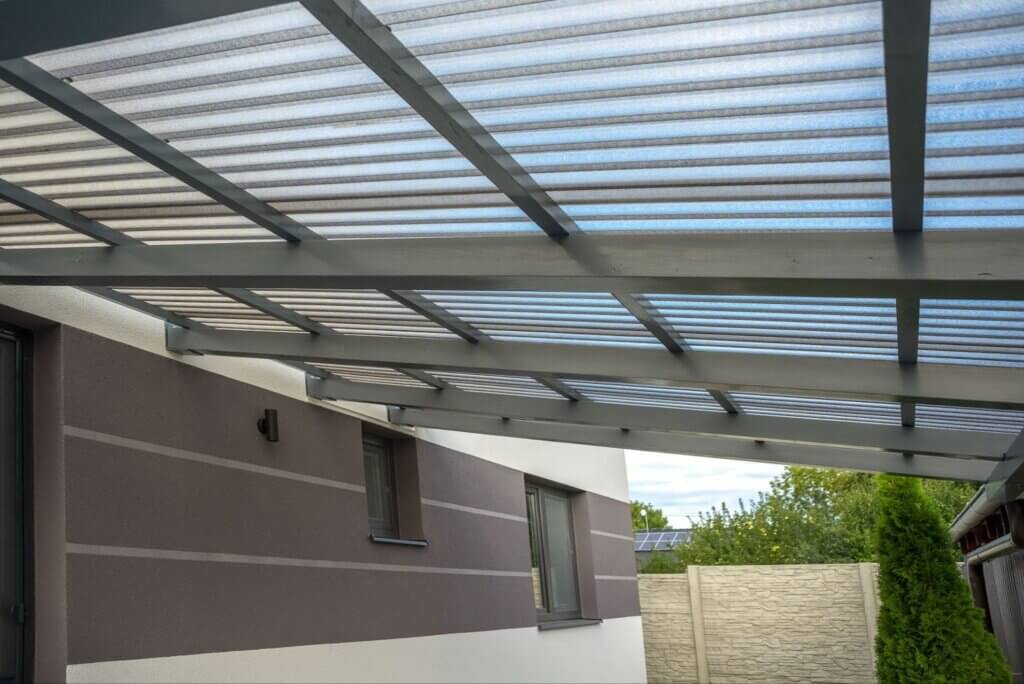Plastic is flexible, literally, and figuratively, providing a wide range of use cases. It can used to keep us safe, such as bullet-resistant shields and eyewear lenses. It can be energy efficient, such as greenhouse panels and UV-resistant acrylic windows. It can used to provide style and function, such as acrylic furniture and retail displays. But no matter what you are using it for, you want plastic to be made from high quality materials from a reputable plastic supplier.
Acme Plastics uses the highest quality materials available to distribute, fabricate, and manufacture products. Then there’s selection, stock, shipping, service, and satisfaction to consider. At Acme Plastics, we are proud to offer all the above—and competitive pricing. Read on to learn more about these best practices that we’ve adhered to as a plastic supplier in the USA since 1943.
Continue reading Best Practices for Choosing a Plastics Supplier










